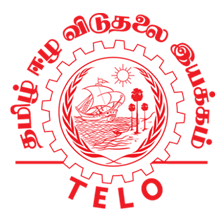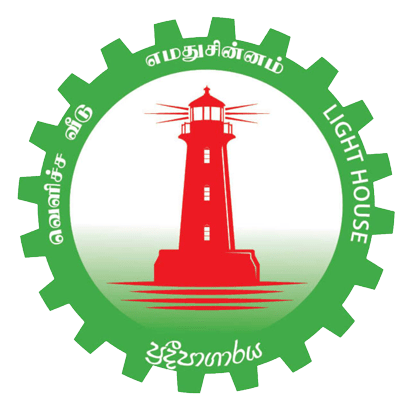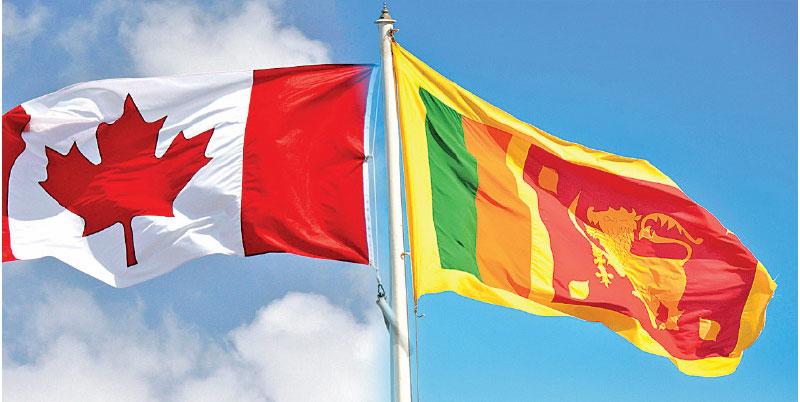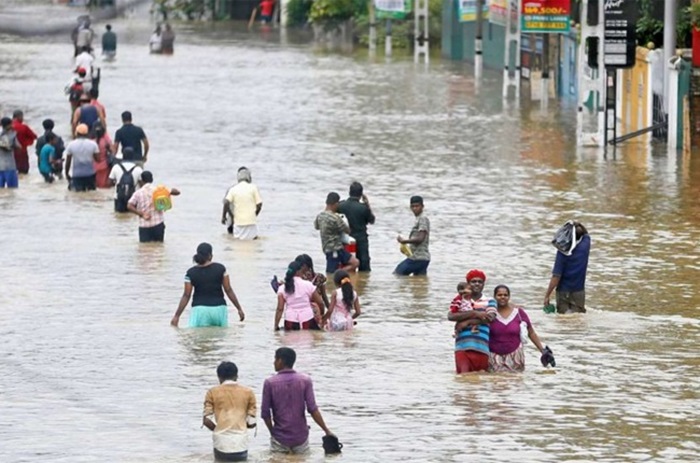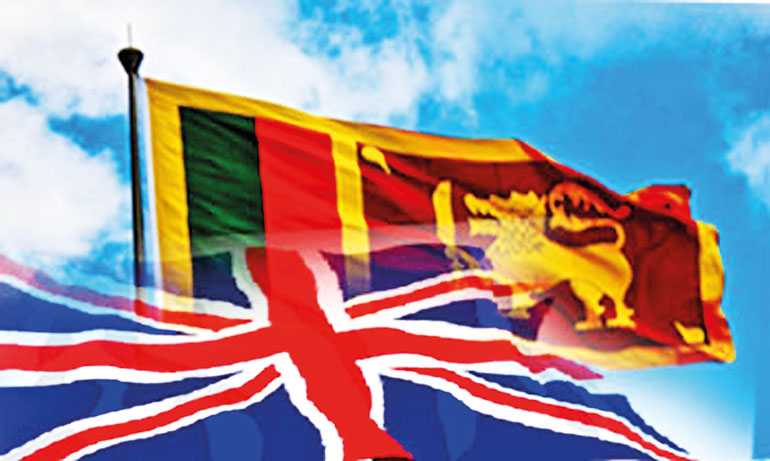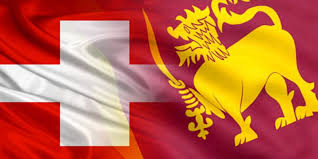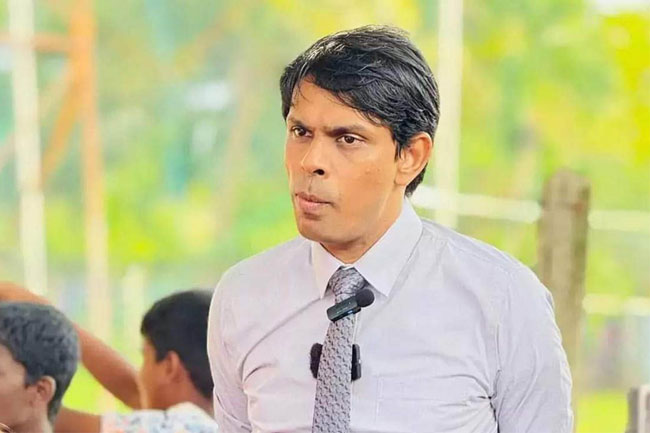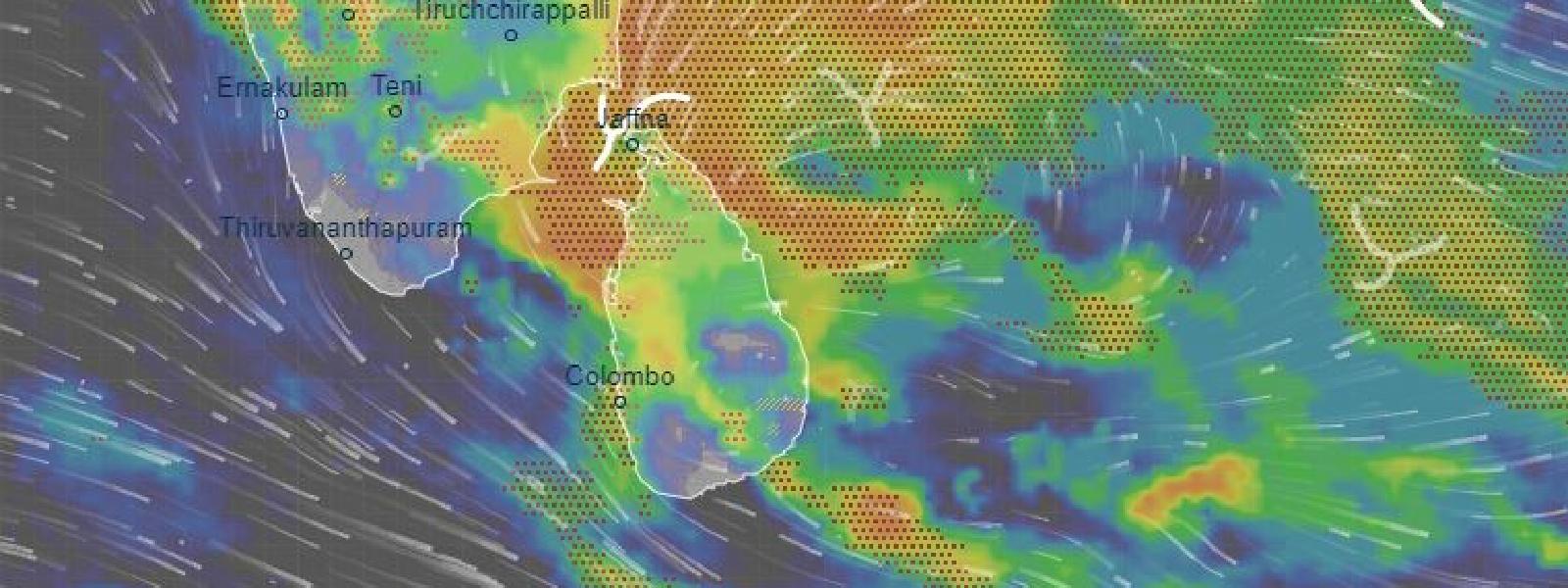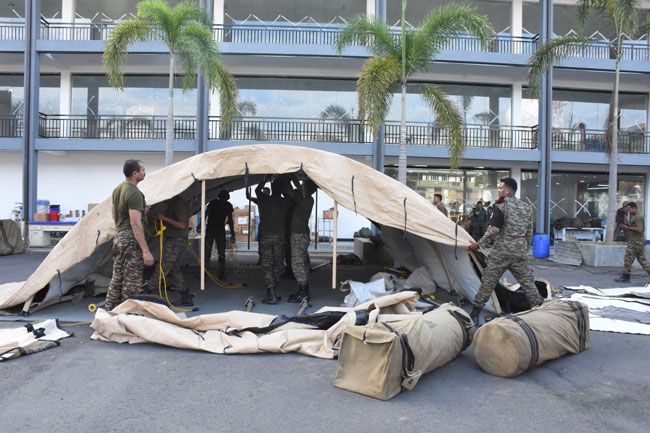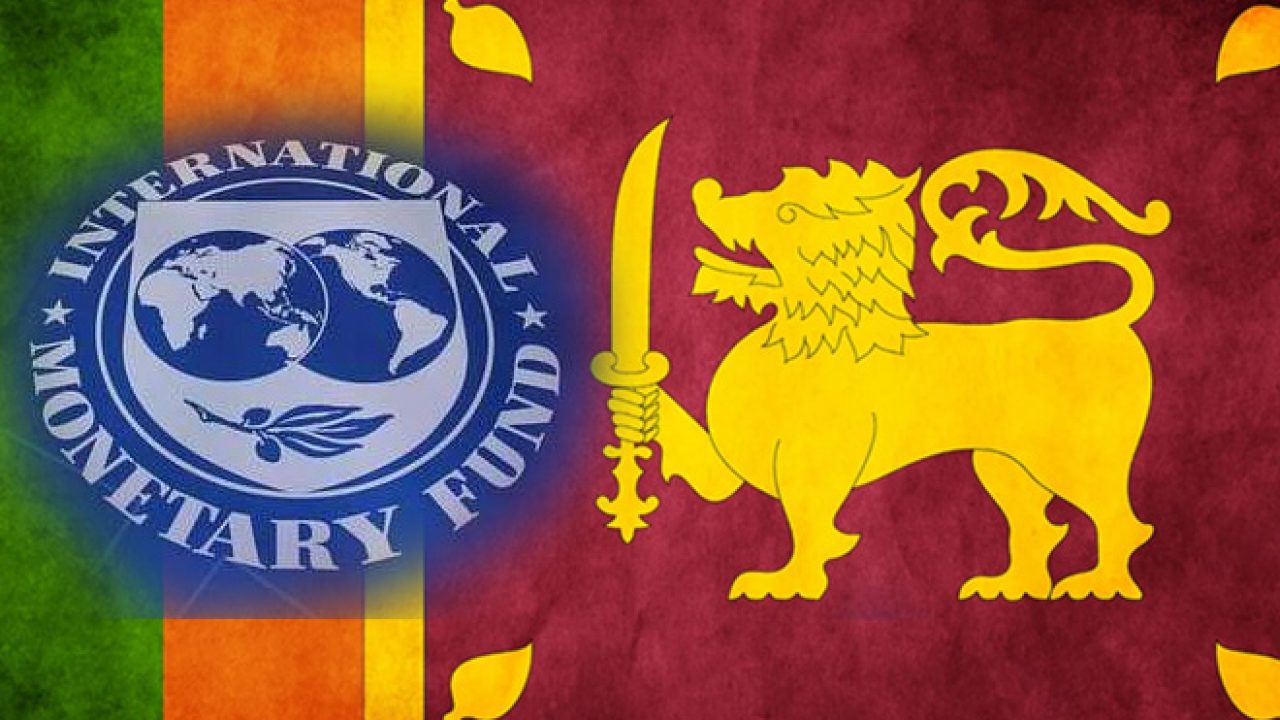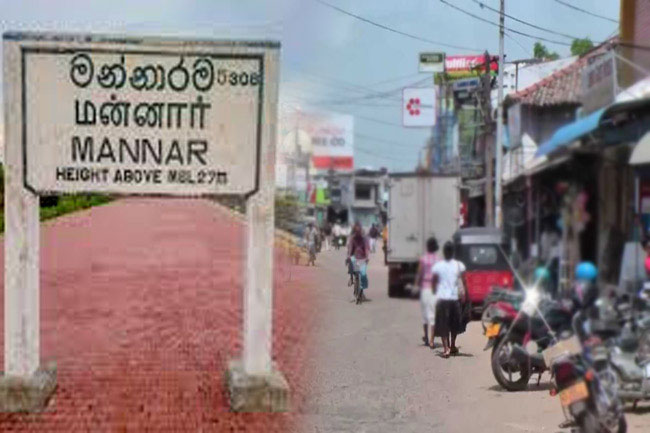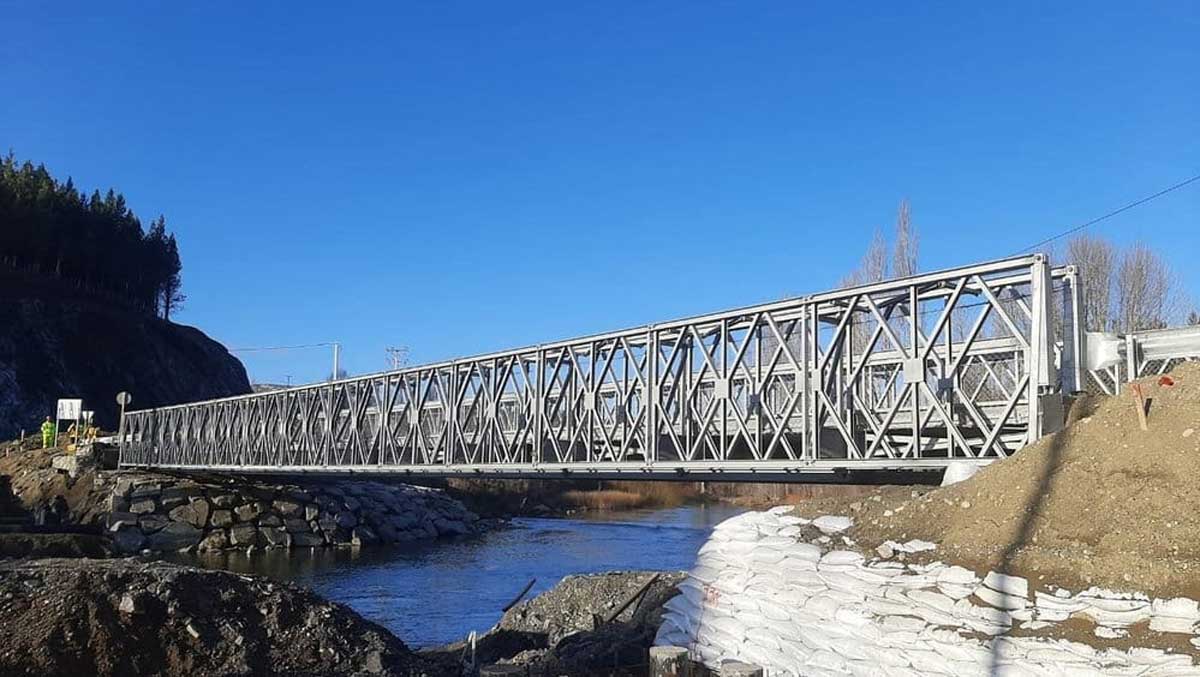The International Monetary Fund (IMF) yesterday said the devastating cyclone and flooding across Sri Lanka will have a clear economic impact, whilst signalling readiness to expand assistance once a full assessment of losses is complete.
IMF Communications Department Director Julie Kozack during its regular press briefing expressed solidarity with Sri Lankans affected by the extreme weather. “Our hearts go out to the people of Sri Lanka, and we mourn the loss of life that has taken place,” she said, extending condolences to Indonesia, Malaysia, Thailand, and Vietnam, which also suffered severe flooding.
Kozack confirmed that the IMF is closely engaging with the Sri Lankan authorities, development partners, and other counterparts to understand the humanitarian, social, and economic toll of the disaster.
“We understand that large parts of Sri Lanka have been affected by the floods. On that basis, we do expect economic activity to be adversely affected, in addition to the significant human toll,” she added.
She said the IMF will gain clearer insight once the Government completes its Rapid Post-Disaster Damage Assessment with international partners. “We will have a better assessment of the economic situation once the Rapid Post-Disaster Damage Assessment is completed,” she noted.
Addressing the ongoing reform program, Kozack stressed that the Fund’s commitment to Sri Lanka remains unchanged.
“We are continuing to support Sri Lanka’s recovery, reform, and resilience under the Extended Fund Facility (EFF) arrangement,” she said, recalling that staff and the Government had already reached a Staff-Level Agreement on the Fifth Review in October, prior to the cyclone.
Importantly, she said the IMF is now evaluating ways to expand support in light of the disaster. “Staff is looking into options to further support Sri Lanka in the recovery process,” Kozack said, adding that the IMF still expects the Board to meet on 15 December as scheduled.
Sri Lanka is expected to receive swift access to around $ 350 million, the sixth tranche of the EFF, within two weeks.
“We will be providing additional details as the assessment of economic needs and damages moves forward, and as we have more information that can inform our own thinking around the options for how we can further support Sri Lanka,” she said.
